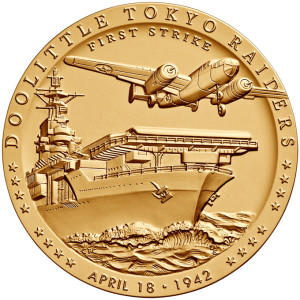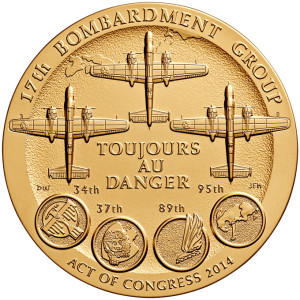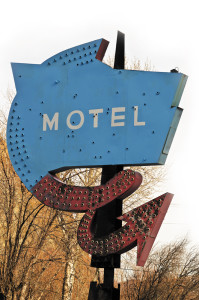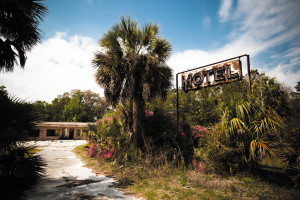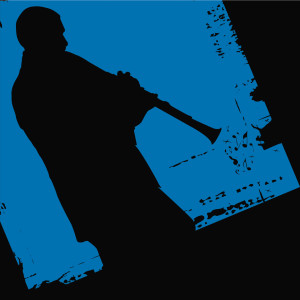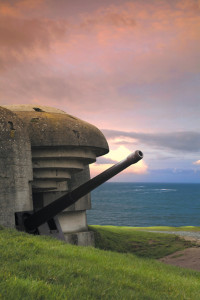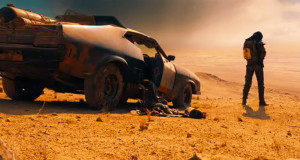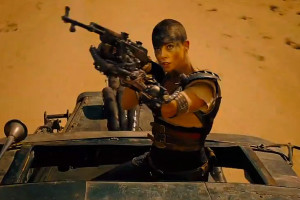Co-pilot Dick Cole stared down at the 2 x 2 foot hole in the deck of his twin-engine aircraft. While tightening his parachute straps, the throbbing sound of radial engines and the pungent smell of aviation fuel provided small level of comfort and security. His Army Air Corps crew had just flown their B-25 bomber thirteen hours on a mission that oscillated wildly between brief moments of high intensity and hours of complete boredom. It was now a very dark and stormy night outside. The aircraft was 10,000 feet over a strange and hostile land, with fuel running out and no airfield in sight. The boss motioned that it was now his turn to bail out. A feeling of stoic mindfulness engulfed the 26-year old aviator for a moment. Then, he stepped forward – turning control of his body over to gravity and of his soul to God.
While he couldn’t possibly have known it at that moment, Dick and 79 fellow airmen jumped into American legendary status and would forever more be known as Doolittle Raiders.
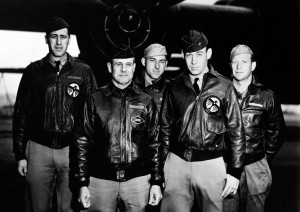
On December 7, 1941, the Japanese navy wreaked havoc on Pearl Harbor, bringing America into World War II. American citizens were outraged and demanded the U.S. government do something. Emotions were heightened by the fear that Japan would invade Hawaii or the west coast. President Roosevelt was keenly aware he needed to harness this emotion to build a war effort that would help our allies in Europe as well as Asia. He challenged the top military leaders to devise a counter-attack against Tokyo. But he could not afford to order a full scale military strike since our nation was woefully unprepared for major combat operations.
In this case, navy aircraft had a limited flight range, which would jeopardize the aircraft carriers that launched them. The Army, however, had lost its main airfields in the Philippines and had no air base within range of Japan.
Several weeks later, Navy Captains Francis Low and Donald Duncan came up with a creative solution. They crafted a 30-page handwritten plan and briefed Lt. Gen Hap Arnold, the head of the Army Air Forces. He assigned Lt. Col Jimmy Doolittle to improve it and carry out the necessary arrangements. Jimmy Doolittle, a highly respected aviation pioneer, was the perfect man to orchestrate this complex and harrowing mission. He was the boss, a master of calculated risk.
Within weeks, the Navy assigned their newest aircraft carrier, USS Hornet CV-8, to the Top Secret “special aviation project”. The Army requisitioned 24 B-25 Mitchell bombers and their volunteer air crews and sent them to Florida for special training. Naval flight instructor Lt Henry Miller showed the astonished pilots how to launch the aircraft with just 500 feet of runway, instead of the normal 2,500 feet.
On March 31, 1942, the units converged on the Naval Air Station in Alameda. The next day, 16 of the Army bombers were loaded aboard the Hornet, as well as 134 Army air crew and support personnel. On April 2, the Hornet and seven escorts ships steamed under the Golden Gate Bridge on heading 270 degrees – due west. When the commanding officer of the Hornet, Captain Marc Mitscher, announced over the ship’s loud speaker their destination was Tokyo, a huge cheer went up from the navy men. A large sign was painted on the superstructure that simply said “Remember Pearl Harbor.”
Ten days later, the Hornet task force merged with another out of Pearl Harbor headed by the USS Enterprise (CV-6) and overall command of the combined flotilla fell to the fighting admiral, VADM Bull Halsey.
Several days after that, on April 18, 1942, the force was discovered by Japanese picket boats several hundred miles farther from shore than expected. In the midst of a northern Pacific storm, with gale force winds, driving rain and waves cresting over the bow of the Hornet, the Army bombers were launched. The extra distance presented a serious issue for the air crews. It meant they would have to fly over Tokyo in broad daylight and would not be able to reach their intended destinations in China. Even though the mission was now just short of being suicidal, none of the young Army Air Corps volunteers backed out.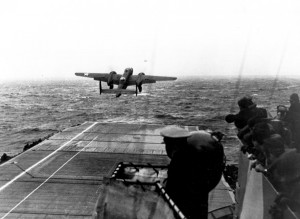
Four hours later, 64 American bombs rained down on military and industrial targets in several Japanese cities. The actual physical damage was light. But the shock to the Japanese psychological mindset was heavy, as they never expected to be attacked during the entire war, much less at the very beginning. American citizens, and her allies, received a huge morale boost. This carried into building a massive war effort that would defeat all the Axis countries. Pearl Harbor was well avenged!
None of the bombers were shot down. Fifteen struggled to reach China (one detoured to Russia where it landed safely). A couple crash landed, although most crews chose to bail out while the engines still had fuel. 69 of the 80 crewmen returned to active duty status with the Army (and its post-war successor, the US Air Force). Three were killed in the crash landings, and eight were captured by the Japanese. Three of those were executed and one died of starvation in prison but four returned home following Japan’s surrender.
After World War II, the Raiders continued on with their lives, focused on the same things as everyone else – building a career, getting married, having a family, and saving money for retirement. They held reunions almost every year, enjoying the strong bond forged by their amazing shared experience. As time passed, the Raider ranks began to thin.
In 2013, with only a handful of men left, many citizens wanted to publicly recognize them for their courageous service. Based on significant veteran support, the U.S. Congress passed a bill awarding the prestigious Congressional Gold Medal to the Doolittle Tokyo Raiders. On May 23, 2014, President Obama signed the bill – with 98-year old Dick Cole standing right behind him!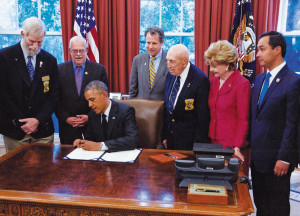
On April 15 of this year, the actual gold medal was presented to the Raiders in a ceremony at the U.S. Capitol. A few days later, that same medal was presented to the National Museum of the U.S. Air Force for permanent display. Of course, it was Dick Cole who handed the precious medal and certificate to the museum director. Somewhere nearby in spirit, “the boss” was smiling – his boys had successfully completed one last mission.
To paraphrase another American hero, Dick’s one small step was a giant leap for the preservation of world democracy. He and the other 79 Raiders are highly deserving of this national recognition before they all pass into the realm of history.
SIDEBAR: One of Life’s Moments
During the April 15 Congressional Gold Medal ceremony at the U.S. Capitol, House Minority Leader Nancy Pelosi gave a particularly poignant presentation, noting the raid’s origins were the SF Bay Area. Afterward, I approached her to offer congratulations – and present her with a Hornet Museum challenge coin. Well, in the military culture, when a person hands over a challenge coin, the recipient must either reciprocate with their coin or buy a drink for the offeror. So I said “well, I guess th is means you owe me a drink next time we meet.” Ms. Pelosi didn’t miss a beat – with a sly grin, she said “Not so fast Bob,” and handed me her challenge coin! It was at that moment her aide chose to take this picture – we had a mutual chuckle, although my grin was fading fast as I wondered if she would bring her 434 fellow House Representatives to the bar for a free drink on me. Stay tuned!
is means you owe me a drink next time we meet.” Ms. Pelosi didn’t miss a beat – with a sly grin, she said “Not so fast Bob,” and handed me her challenge coin! It was at that moment her aide chose to take this picture – we had a mutual chuckle, although my grin was fading fast as I wondered if she would bring her 434 fellow House Representatives to the bar for a free drink on me. Stay tuned!
Bob Fish is a Trustee of the USS Hornet Museum, which held its own Congressional Gold Medal ceremony on April 25, honoring the Doolittle Tokyo Raiders in the SF Bay Area.
